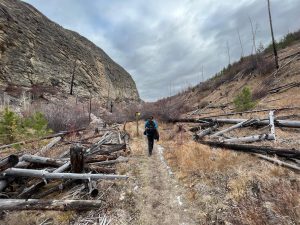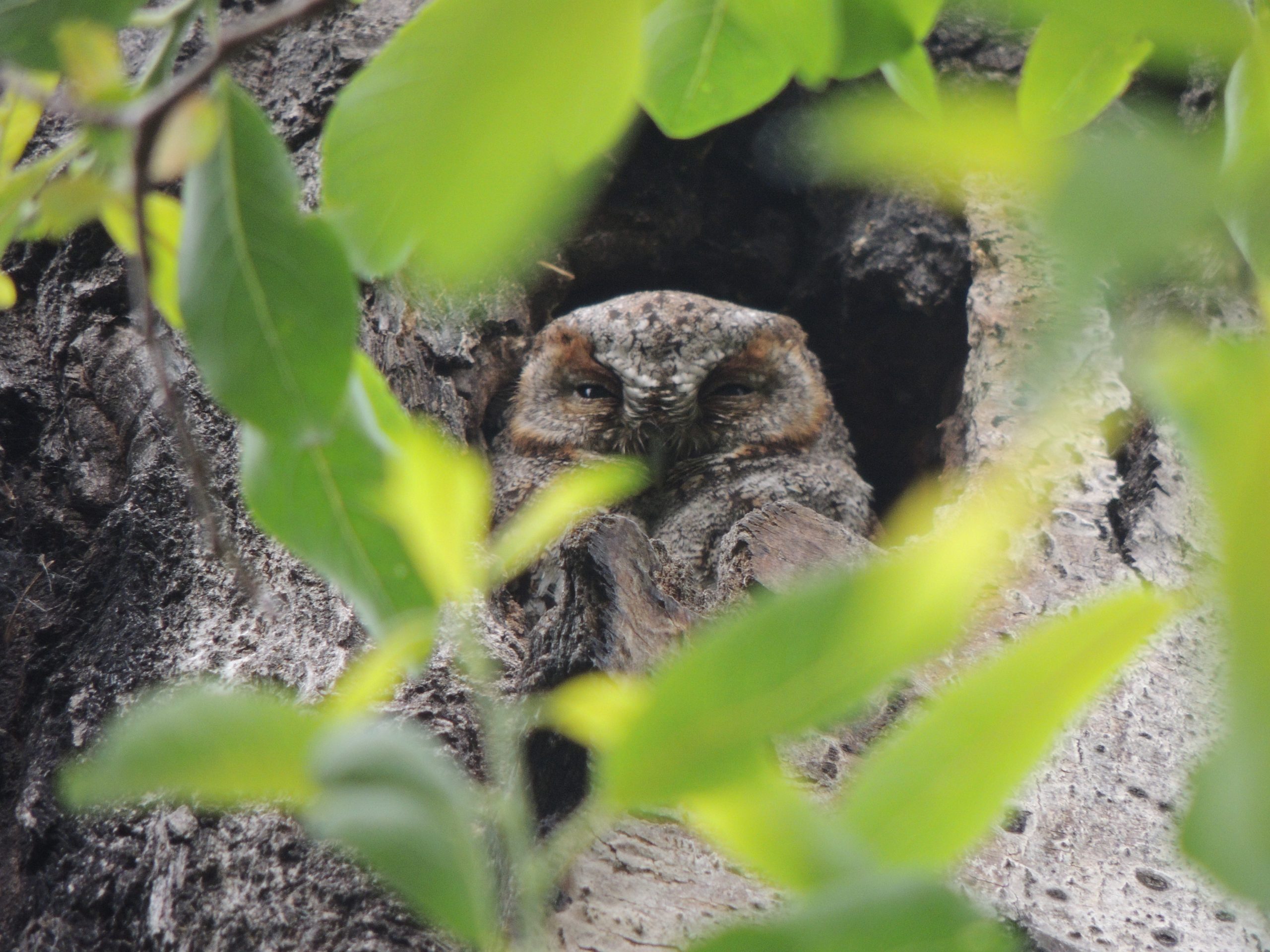HCTF is proud to support 178 fish and wildlife conservation and conservation stewardship projects across B.C. this year, with more than $1.5M in funding allocated to projects in the Thompson Okanagan region.
Among this year’s projects in the region is a two-year study of how wildfires of different ages affect the distribution of owls in the Okanagan Valley. “Owls help regulate prey populations and are culturally significant to local Indigenous communities. They are threatened by wildfire, which removes forest features needed for breeding and hunting,” says project leader Karen Hodges of the University of British Columbia Okanagan. MSc student Steffani Singh is surveying which owl species are present in post-fire forests and determining where owl nests are and what the owls are eating in these burned landscapes. The project will thus inform the management about what features of burned forests are essential for owls, leading to better habitat conservation. The project is being supported by the HCTF and the Forest Enhancement Society of BC (FESBC), with $66,401 in funding this year.

View of an area post-wildfire – photo by Nikita Karitsky
Dan Buffett, CEO of HCTF, said, “Over the last seven years, FESBC contributed over $4.5M to HCTF to fund wildlife projects in our forests. Our partnership enables project leaders such as UBCO to assess the impact of wildfires on wildlife and develop guidance on how to better manage forests for wildlife. Projects such as Dr. Hodge’s work on owls, along with many other wildlife projects, will continue to fill our knowledge gaps to improve habitat for wildlife.”
Learn more: listen to an interview with project lead Steffani Singh here.
Other HCTF-funded projects taking place in Thompson Okanagan include:
- $22,730 to measure how changes in Douglas-fir forests affect mule deer habitat and how to better support the mule deer population in the Bald Mountain range west of Summerland (co-funded by FESBC).
- $295,500 to rebuild the Mission Creek Spawning Channel intake, ensuring spawning migration access and higher survival rates for juvenile kokanee.
- $62,750 to restore habitat on approximately 23 km of roads within the Caribou North and Groundhog caribou herds’ range.
- $93,615 to install a resistivity counter in the Upper Shuswap River to monitor Bull trout migration and provide spawning and movement patterns.
- $24,906 to build capacity for and understanding of environmental and wildlife initiatives in the Nlaka’pamux Homeland.







